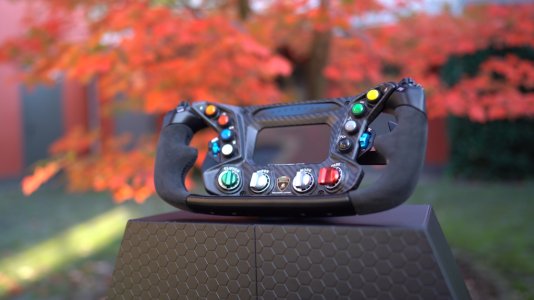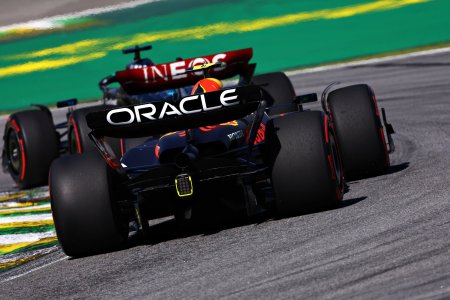Update:
To make the test a bit less "scientific but quite useless" and more about my personal scenario, I've kept my graphics settings and didn't reduce the resolution. GPU riding it's limit at 95-99% load.
Loaded up a replay with me alone on track and recorded 300 seconds with CapFrameX to get a nice and steady test.
Results:
6000 MHz:
View attachment 783299
5400 MHz:
View attachment 783300

Looking at the graph, you can clearly see the real issue for me (and probably borderless mode in ACC):
View attachment 783301
So I'm gonna do the 1024x768 CPU benchmark on my Win 10 in Fullscreen mode. And also do 6000 EXPO vs. 5400 custom-tuned Timings

If a 6000 MHz tune/setup isn't stable (ie. throwing errors) it can result in no better performance, or even worse performance, than a 5400 MHz tune so make sure it's stable before seriously comparing benchmark numbers.
Karhu
I suggest enabling cache for Karhu (in Karhu's options), that'll speed the test up even more (faster error detection) and improves IMC error detection better.
Aim for at least 6400% coverage. Some people suggest 10,000% instead. Most people agree that 20,000 is overkill. PC component manufacturer, Sabrent, recommends 12,800%. They also recommend having 1 instance of Karhu open per CPU thread but that seems wrong as 1 instance of Karhu should take care of all threads. The free demo of HCI MemTest (used to be incredibly popular during DDR3 and early DDR4 days) should have a separate instance opened for the amount of CPU threads you have but I've never, ever heard of Karhu or TM5 requiring that (or even the paid version of HCI MemTest for that matter) therefore that may be incorrect info from Sabrent.
TM5
Download it here, this is the most up to date version:
https://github.com/CoolCmd/TestMem5
Translate the page using your browser or a website (eg. google translate).
This also includes 8 different tests:
You no longer have to manually move files around or have a separate install/folder of TM5 for each test like with the old version. You can select the desired test in the settings -> testing section of TM5.
Program should still be run as admin (I can't remember why but it was absolutely crucial with the old/original version).
TM5 Tests
The most common tests are generally 1usmus v3 and Absolut. Absolut was apparently made to replace Extreme but I've done tests where Extreme found errors quicker than Absolut so I also use Extreme.
I have no idea when/if the two DDR5 tests (Intel and Ryzen3D) should be run as opposed to 1usmus v3 and Absolut/Extreme. I have a theory though: aside from Karhu, a lot of RAM testers were/are not detecting DDR5 errors properly (or missing them alltogether). So maybe that's what the 2 DDR5 tests are. I could be 1000% wrong about that though so don't take my word for it.
1usmus v3 has a cheat sheet online. The cheat sheet helps in determining why the error is occurring. For example, TM5 w/ 1usmus v3 gives you an error code of "6". Look up "6" on the cheat sheet to find the likely reason for the error (too little VCCSA voltage, too low of a specific subtiming, etc.). I'm not sure if the cheat sheet is only for DDR4 though and/or only Intel.
The new version (linked above) of TM5 does the test in terms of time rather than cycles like the old version. The general consensus, in terms of cycles, for stability seems to vary. Some say 8 cycles, some say 21 to be really sure. I would forget about the cycles and just let 1usmus v3 and Absolut/Extreme run for at least 6 hours each.
RAM Temps
Keep HWinfo open to check for RAM temps (if your RAM has temp sensors). Your RAM may be fully stable and only erroring purely due to heat-induced instability. Different RAM sticks have different tolerances to heat (and some subtimings less tolerant to heat too). So research what sticks you have (eg. Hynix A-Die, etc.).
Other Programs
Close down as many programs as you can. Web browsers, sim racing background programs (wheel/pedals software, etc.), etc. You want as much unused/free RAM as possible for the RAM tests to use. The exception is a monitoring program like HWinfo (to track things like temperatures).










